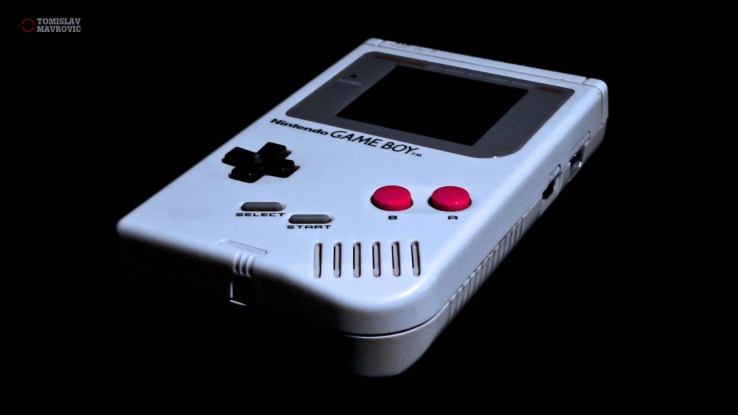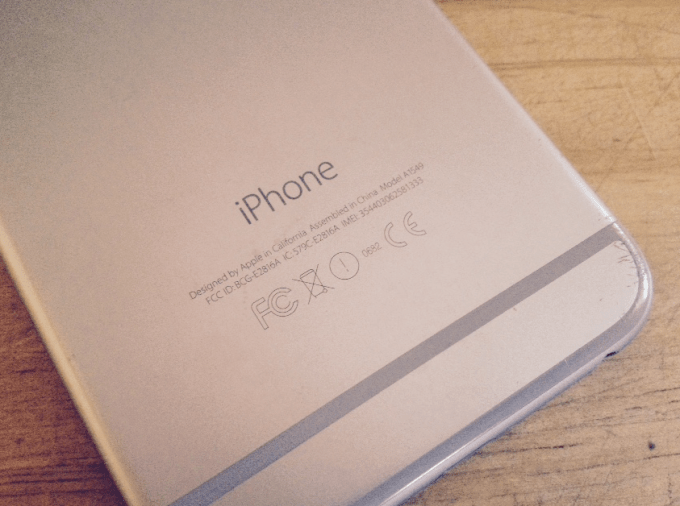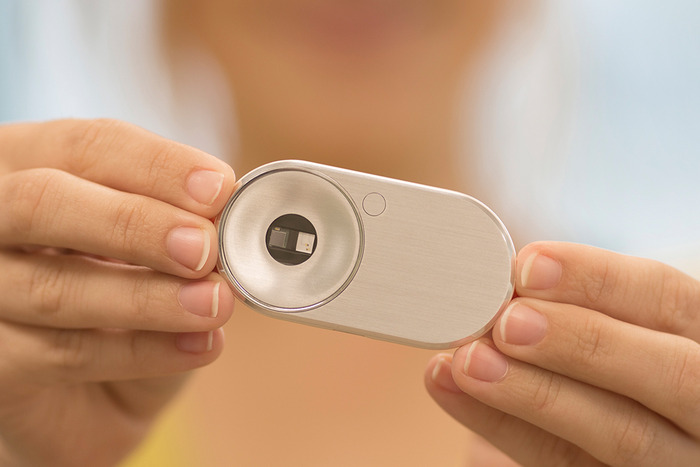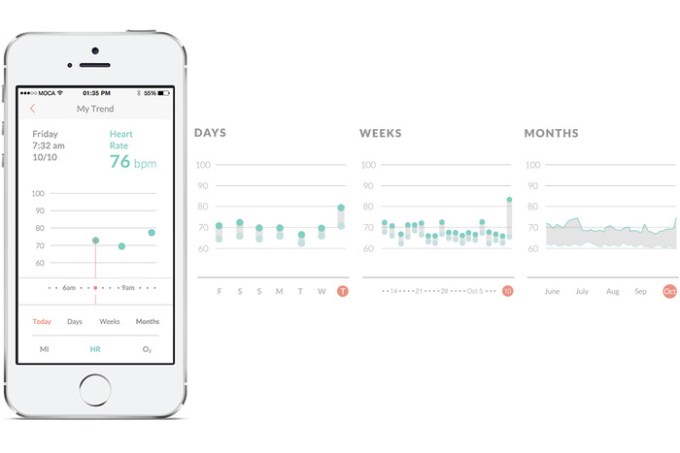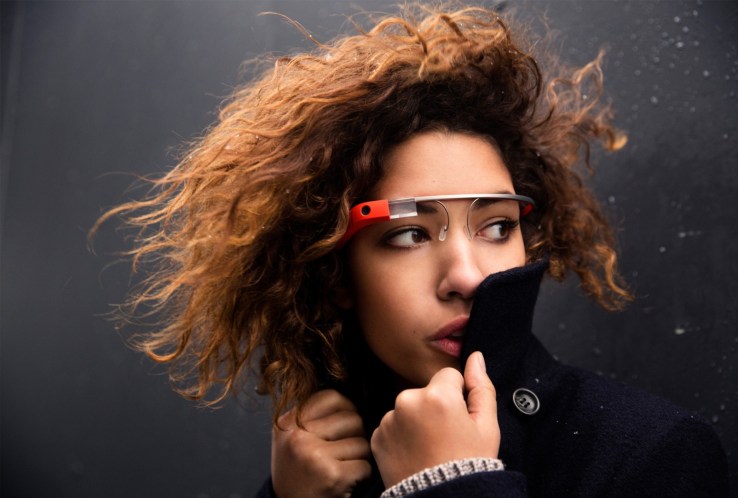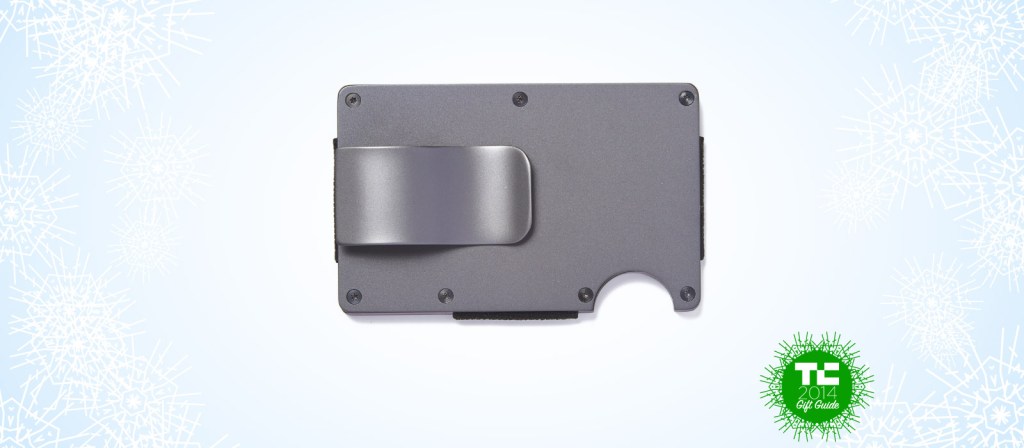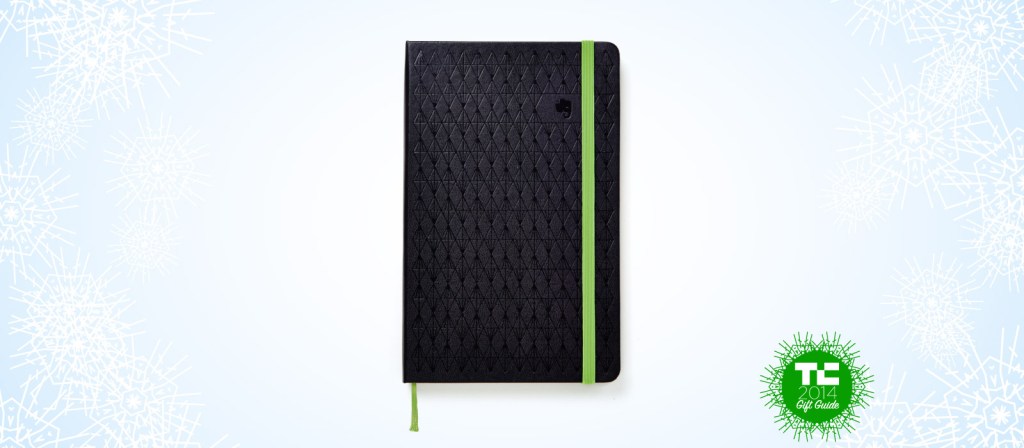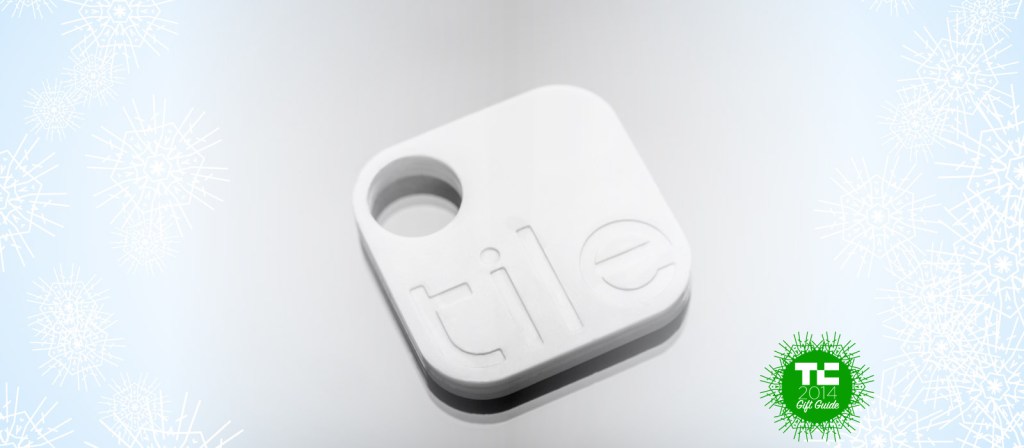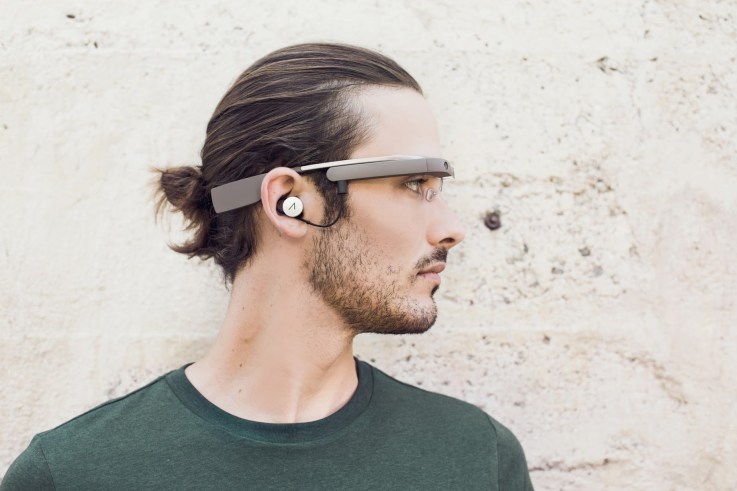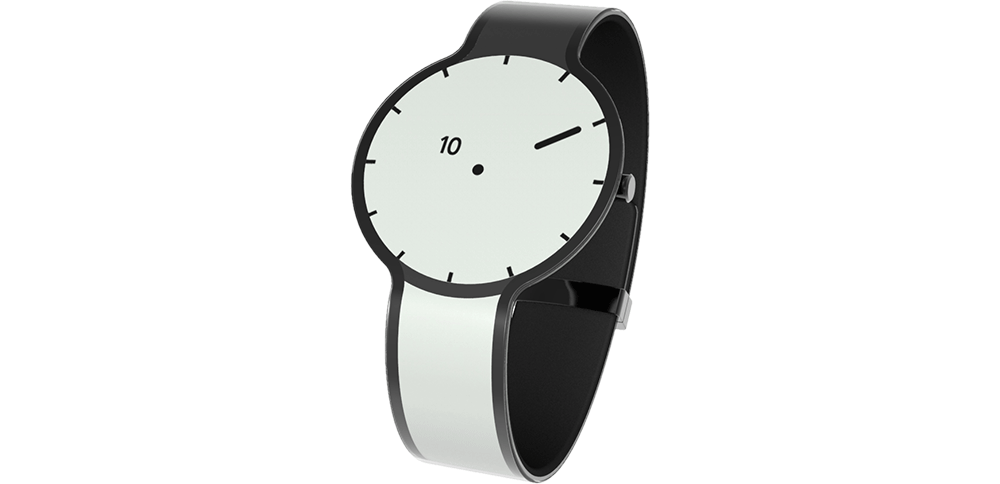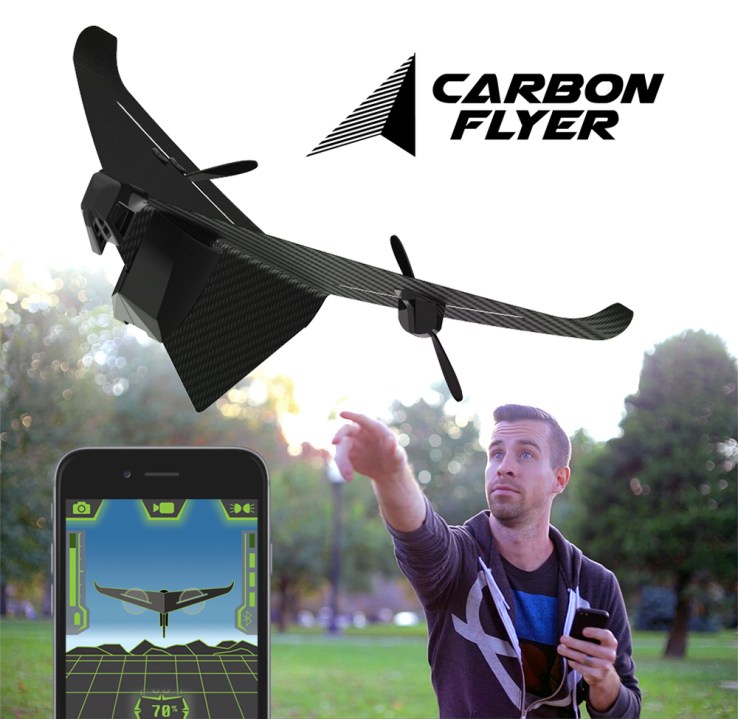
Apple was the subject of a recent investigative report by BBC’s Panorama program, which presented as part of its findings various instances where suppliers of the Mac maker violated Apple’s own stated standards for its partners. The breaches reported by the BBC included problems at Pegatron factories outside Shanghai, as well as issues at the bottom level of the supply chain, in Indonesian tin mining operations.
The BBC’s report details issues including overcrowding at Pegatron dormitories, involuntary overtime, underage workers and excessively long work weeks. The mining operations in Indonesia describe operations that essentially gather tin without any kind of organized mining operation in place, which is then sold piecemeal to smelters to make up the material they provide further up the chain to component makers.
In response, Apple issued some official statements on the record, detailing its track record in improving conditions at supplier facilities, and its continued efforts to do so. Apple has never claimed perfect adherence to its supplier policies, and in fact updates its website regularly to provide a current look at compliance. It details issues that it finds at suppliers in its own reports, and outlines the steps it undertakes to resolve them.
A lengthy internal email obtained by The Telegraph, which TechCrunch has confirmed with its own sources is legitimate, provides a much more detailed response to the BBC’s conclusions. The letter is penned by Apple SVP of Operations Jeff Williams, and says directly that both he and Apple CEO Tim Cook were “deeply offended” by the accusations made by the British network’s program.
Williams’ letter notes that Apple has never denied that tin from illegal sources makes its way into its products, and that in fact the company has admitted as much on the record previously. Apple’s philosophy around this is that by continuing to allow their suppliers to buy from Indonesia, they can push to improve working conditions, whereas closing off the area entirely won’t do anything to address the ongoing problems, as component makers further up the supply chain for other companies (and perhaps for Apple, without its knowledge, for that matter) will continue to use tin that’s illegally sourced.
The letter also addresses the reports regarding factory conditions at Pegatron’s facilities; Williams says that problems being identified doesn’t condemn Apple’s practices, but is rather part of their ongoing attempt to audit and improve supplier facility conditions. He highlights some of the positive change they’ve enabled, including much-improved compliance with the company’s 60-hour maximum work week policy, and the identification and disbanding of groups that purport to find people work, only to hold worker passports in exchange for a portion of their wages.
The BBC’s undercover reporters have definitely shed more light on conditions in factories at Asian suppliers, and the serious problems that remain, but some of the damning visuals accompanying the piece may depict signs that actually reflect recent improvements in conditions, though they don’t appear that way when viewed through a North American lens.
Sleeping workers, for instance, could actually reflect something that The Daily Mail recently reported as a newfound benefit afforded workers, who previously worked longer hours and were punished severely for napping at their desks.
Ultimately, even that kind of relative “improvement” in conditions still leaves workers at these facilities far worse off than their North American counterparts. But Apple’s recent practices with respect to transparency under Cook does seem to indicate a genuine commitment to continued improvement: Suppliers were never even officially acknowledged or named until January of 2012. Regardless, there’s clearly still a lot of work left to be done.
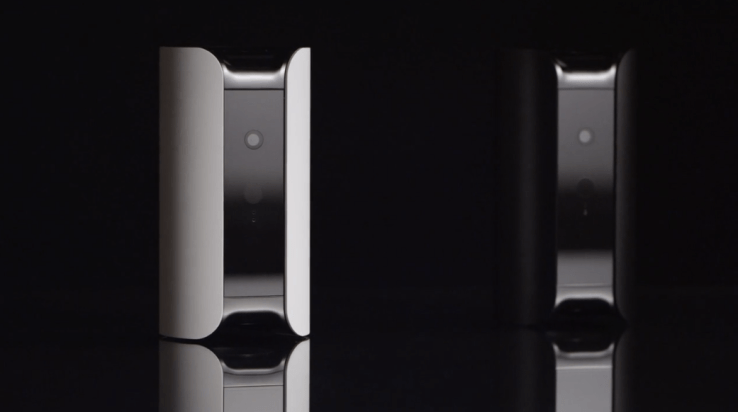
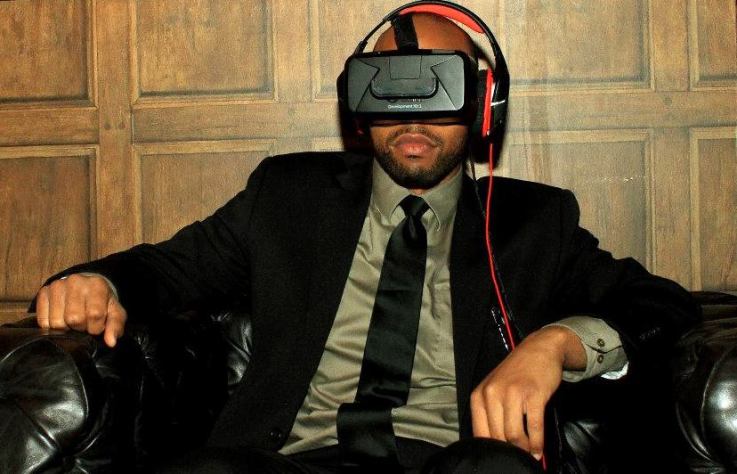
 Rothenberg
Rothenberg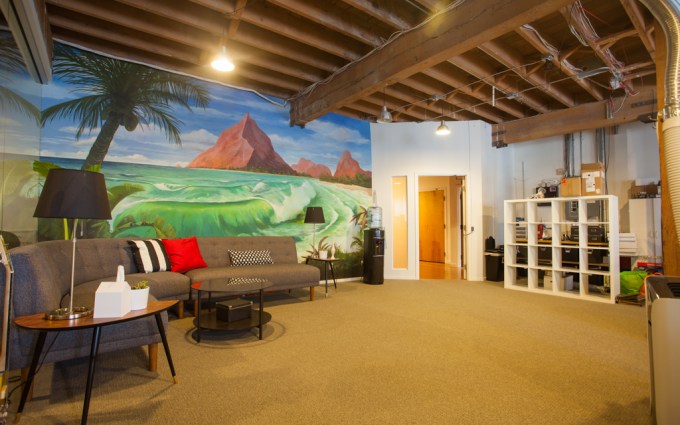

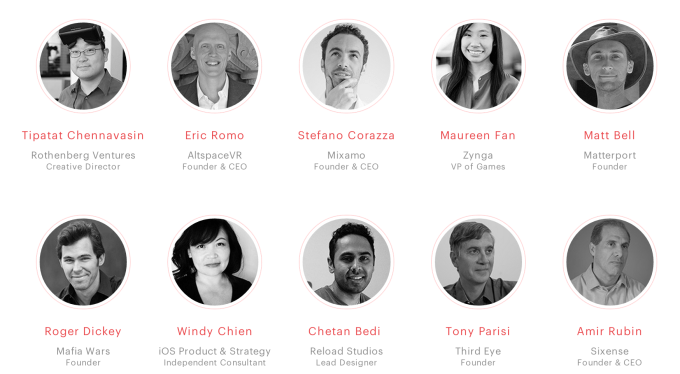



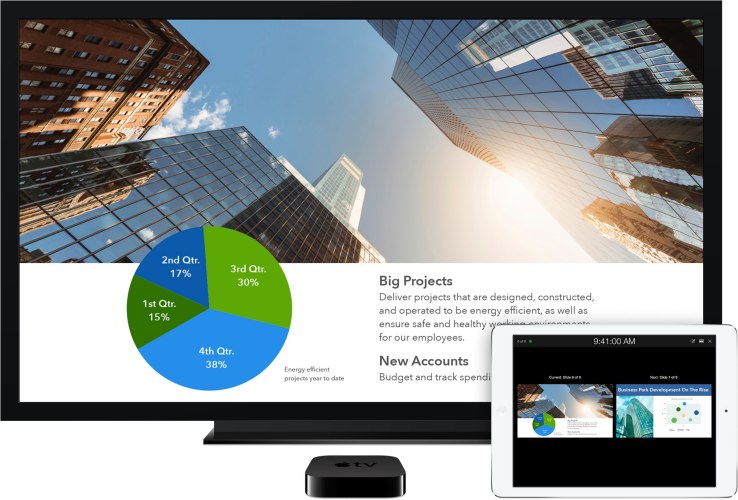
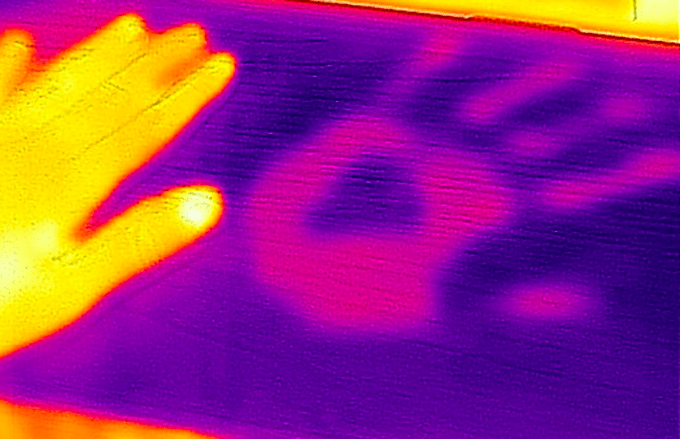
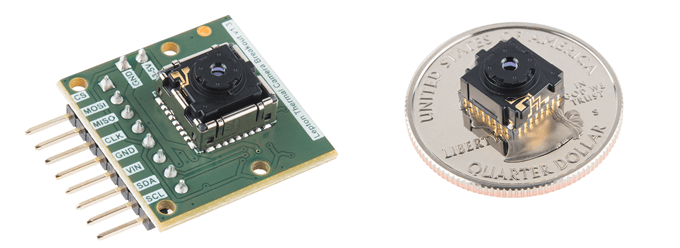
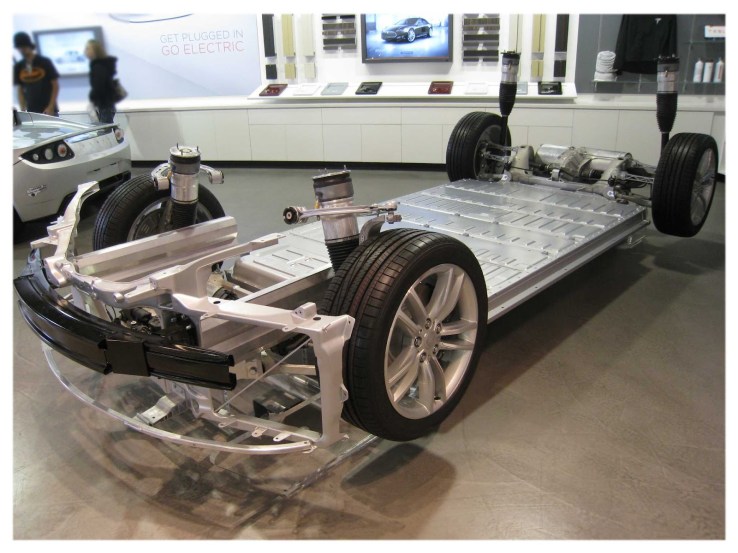
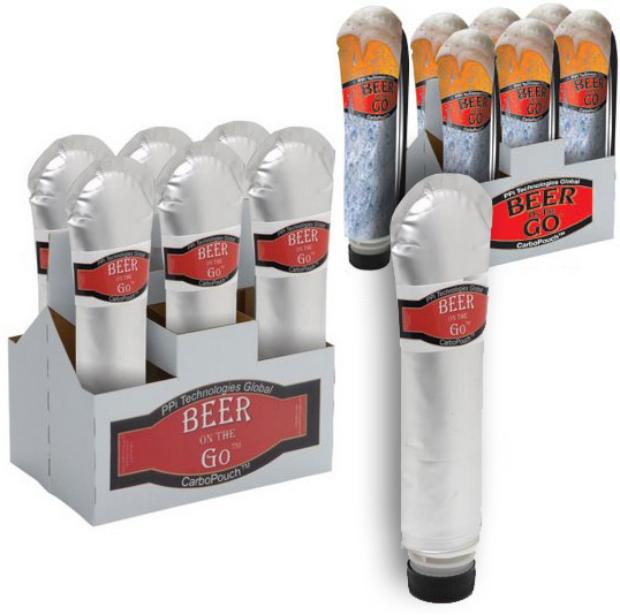
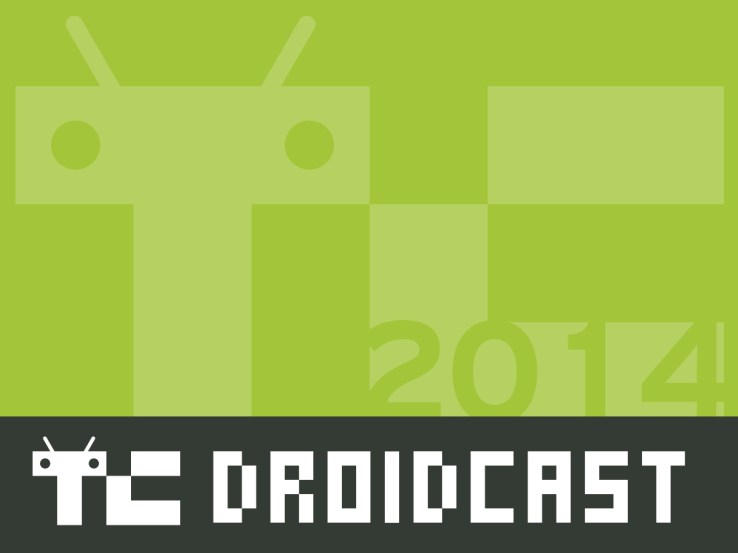
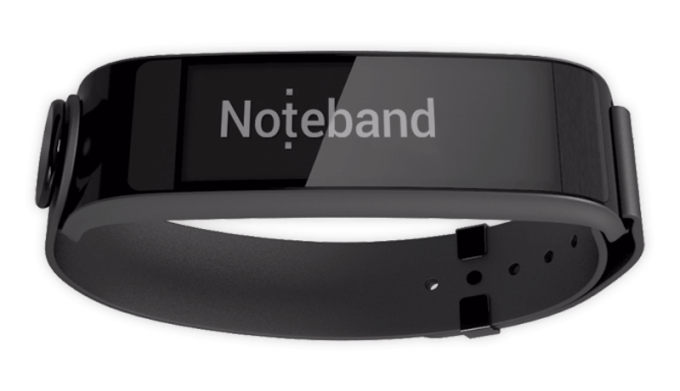
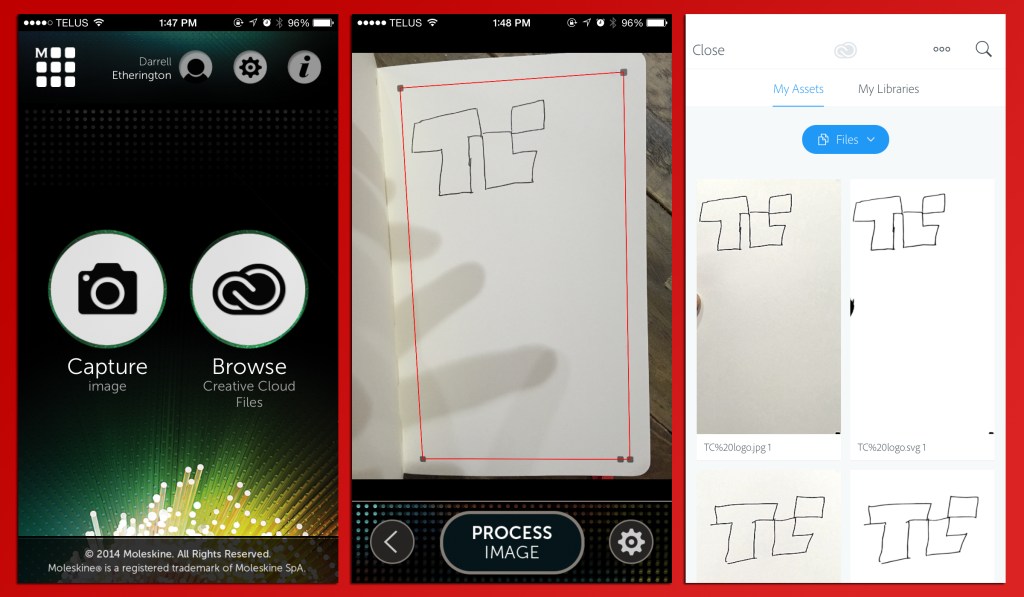
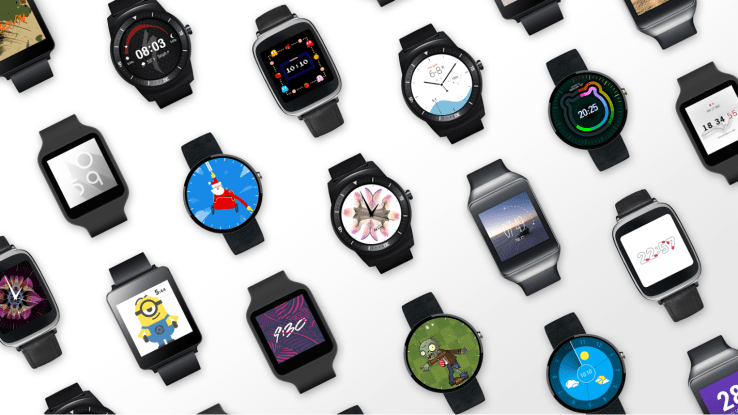
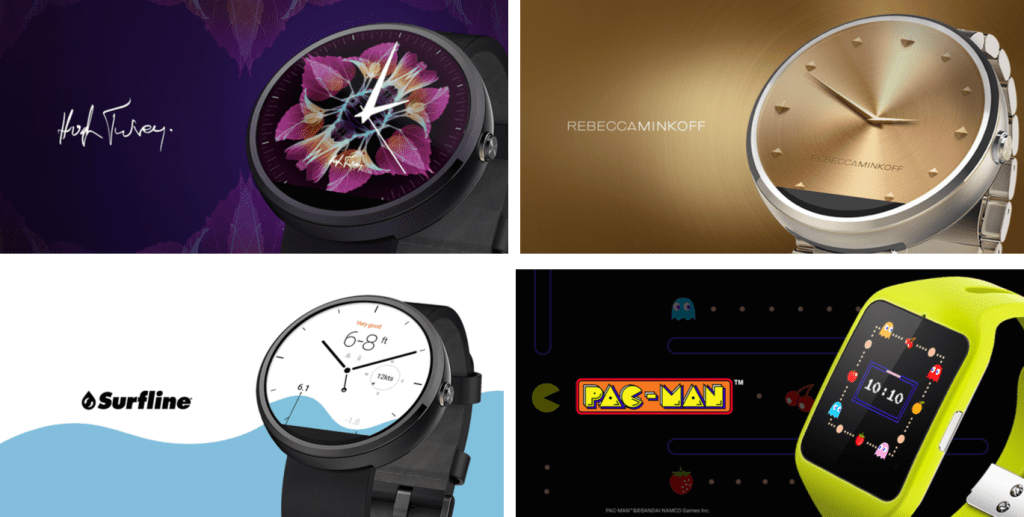 In addition to the watchface additions, Android Wear gets some other improvements, too, including the ability to quickly recall cards you’ve dismissed, and prioritization of recent actions in the list that appears when you activate and then cancel voice input. A new quick settings tray is available with a simple down swipe from your watchface, too, and there’s a theater mode for making sure the screen stays off and no vibrations come through when you require it. Sunlight mode makes the screen a bit brighter in sunny conditions.
In addition to the watchface additions, Android Wear gets some other improvements, too, including the ability to quickly recall cards you’ve dismissed, and prioritization of recent actions in the list that appears when you activate and then cancel voice input. A new quick settings tray is available with a simple down swipe from your watchface, too, and there’s a theater mode for making sure the screen stays off and no vibrations come through when you require it. Sunlight mode makes the screen a bit brighter in sunny conditions.


